Yeah, this is a good question. There's two types of IDs here:
Typically the Physical ID can be specified as a property on the resources. For instance, if you are using the CDK, you can set the functionName property when creating your Lambda (as below).
The Logical ID is also added when creating the resource and as you mentioned, however, the Logical ID is derived from a combination of what you specify and where it is within your stack. So, for example, if you have a stack that uses constructs, then this ID will be prefixed with the construct's Logical ID as well... and it's definitely not very readable.
I'd be very careful changing these IDs, especially if you have already deployed the stack, but if you really want to override them then you could do something like this in the CDK (TypeScript):
import {
CfnResource,
} from "@aws-cdk/core";
import {
Function,
Runtime,
Code,
} from "@aws-cdk/aws-lambda";
const consumerLambda = new Function(this, 'LogicalIdOnResource', {
runtime: Runtime.NODEJS_12_X,
handler: 'index.handler',
code: Code.fromAsset(path.join(__dirname, 'lambda-handler')),
functionName: 'ds-di-kafka-consumer-lambda' // PhysicalIdOnResource
});
// Override Logical ID
(consumerLambda.node.defaultChild as CfnResource).overrideLogicalId(
'Consumer'
);
Which looks like this on CloudFormation:



